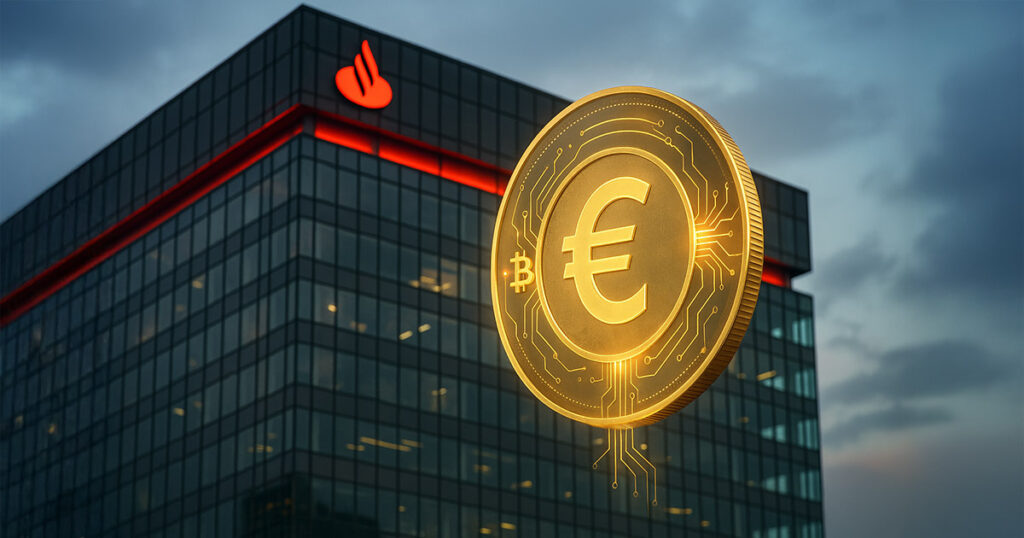Banco Santander, one of the world’s largest banks, is making waves in the digital asset space with plans to develop a fiat-backed stablecoin and expand its crypto offerings to retail clients. This move marks a significant shift in the bank’s digital asset strategy and could pave the way for other financial institutions to explore similar opportunities.
According to a recent report by Bloomberg News, Banco Santander is in the early stages of exploring the development of both US dollar and euro-pegged stablecoins. The bank’s digital subsidiary, Openbank, has also applied for licenses to offer retail crypto services under the European Union’s Markets in Crypto-Assets (MiCA) regulation. This aligns with Santander’s broader strategy to expand its digital asset offerings and reflects a growing trend among European banks to engage with regulated crypto services.
The resurgence of interest in private stablecoins is driven by a desire to strengthen the dollar’s global reach, improve payment infrastructure, and increase financial access for underserved communities. However, not everyone is on board with this trend. The European Central Bank (ECB) has raised concerns about the potential risks posed by dollar-denominated stablecoins to the euro’s dominance in the EU’s financial system. ECB President Christine Lagarde has called for revisions to the MiCA regulation to address these risks and prevent destabilization of EU banks and financial markets.
Despite these concerns, the European Commission maintains that the current MiCA regulations are robust enough to manage the risks associated with stablecoins. Commission officials argue that regulators have the authority to intervene if stablecoin issuers pose a threat to financial stability, and that the ECB’s warnings may be exaggerated.
Banco Santander’s exploration of stablecoins and retail crypto services signals a growing acceptance of digital assets within traditional finance. Whether the bank ultimately launches a stablecoin or expands its crypto services to retail users, its actions could have a significant impact on how other institutions navigate the evolving regulatory landscape.
In conclusion, Banco Santander’s foray into the world of digital assets is a sign of the changing times in the financial industry. As the bank explores new opportunities in the crypto space, it is setting a precedent for other institutions to follow suit. Only time will tell how this move will shape the future of banking and digital assets.

